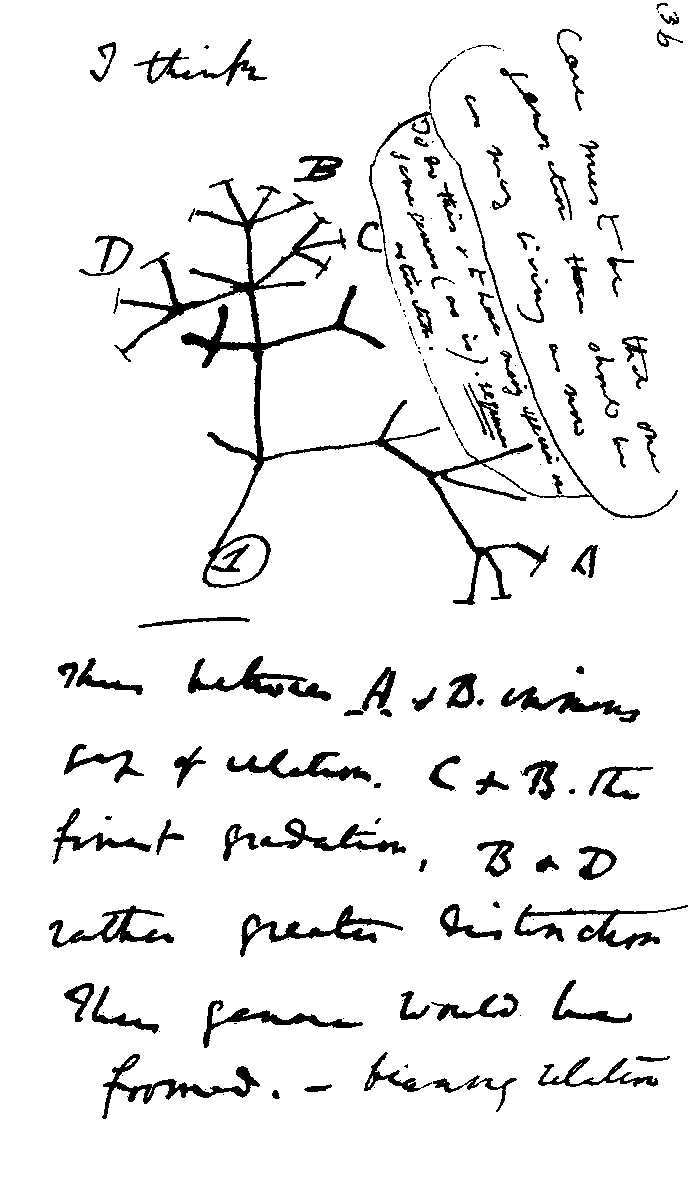
Many tropical diseases are transmitted by insect vectors - malaria (which is caused by Plasmodium parasites) and yellow fever (caused by a virus) being examples of diseases transmitted by Anopheles and Aedes mosquitoes respectively. Dengue fever is another viral disease that is transmitted by Aedes aegypti. One crucial feature of the disease transmission cycle is that once the disease organism is collected by the mosquito in a blood meal, it takes some time to develop within the insect before it becomes infectious. In the case of both malaria and dengue fever, this period of time is about two weeks. This paper evaluates the use of the endosymbiotic bactera Wolbachia to shorten mosquito lifespan in the hope that this will reduce disease transmission.
In a sense, this is an attractive strategy, and one that makes use of one of the properties of some Wolbachia strains to shorten host lifespan. I have previously blogged about some aspects of Wolbachia biology in the immune system of insects. Wolbachia infection is maternally transmitted, and spreads through insect populations because of a reproductive drive known as cytoplasmic incompatibility (CI) - infected females mated to uninfected males yield infected offspring, while uninfected females mated to infected males yield no offspring. This reproductive drive is presumably sufficient to drive even strains of Wolbachia which have negative effects on viability (such as reduced lifespan) through the population.
The Wolbachia strain used here is known as wMelPop, and shortens the lifespan of infected Drosophila. It was adapted to A. aegypti by propagating it in an A. aegypti cell culture for three (!) years, before generating an infected A. aegypti strain by injection of embryos. Comparison of lifespan survival curves of the infected strain (PGYP1 with the original, uninfected, mosquito strain (JCU) showed significant reduction in lifespan, at both 25 and 30 degrees. Further expeiments investigated the impact on lifespan when the mosquitoes were raised in more "realistic" environmental conditions of fluctuating temperature and humidity, where it was found that the median lifespan of infected females was significantly reduced, from about 50 days, to about 21 days. These effects on lifespan could be "cured" by treatment with the antibiotic tetracyclin, which kills Wolbachia.
The infected strain shows the appropriate CI characteristics (i.e. infected males crossed to uninfected females yield no offspring), and this is maintained as the males age.
So, is this a realistic strategy for dengue control? Well, I guess the signs are good, but I always worry about the capacity of natural selection to throw a spanner in the works. Just as in the past malarial drug resistance has arisen as has mosquito resistance to DDT, I can;t help but worry that the complex interaction between mosquito and Wolbachia is going to be subject to a variety of selection pressures that may have unintended consequences.
C. J. McMeniman, R. V. Lane, B. N. Cass, A. W.C. Fong, M. Sidhu, Y.-F. Wang, S. L. O'Neill (2009). Stable Introduction of a Life-Shortening Wolbachia Infection into the Mosquito Aedes aegypti Science, 323 (5910), 141-144 DOI: 10.1126/science.1165326
 I picked up on this new blog at ScienceBlogs - "Blogging the Origin" via Science's Origins blog. In this blog, science writer and evolutionist John Whitfield, who bravely admits to never having read The Origin of Species before, is conducting a book club cum blog as he reads the text, chapter by chapter in this anniversary year. As I write, he's covered the Introduction and Chapters 1 and 2, with the next instalment due on Friday. He plans to finish in time to celebrate Darwin's 200th birthday.
I picked up on this new blog at ScienceBlogs - "Blogging the Origin" via Science's Origins blog. In this blog, science writer and evolutionist John Whitfield, who bravely admits to never having read The Origin of Species before, is conducting a book club cum blog as he reads the text, chapter by chapter in this anniversary year. As I write, he's covered the Introduction and Chapters 1 and 2, with the next instalment due on Friday. He plans to finish in time to celebrate Darwin's 200th birthday.